Exploring careers in Tokyo’s UX Design industry
Becoming a UX designer in Japan wasn’t the goal when I began as an architect back in South Africa. But after a journey that took me through Kengo Kuma & Associates, Chiba University’s Department of Creative Engineering and Stanford’s Design for Social Innovation course, I found myself stepping into Tokyo’s design consulting industry.
I’m Nondo Sikazwe, UX Designer in the Global Creative division at A.C.O., and I’d like to share some of the things I’ve learned getting here. If you’re trying to navigate Japan’s design industry, pursuing a meaningful career, read on.

Above: Studying architecture in South Africa
From Architecture to UX Design
A bit of background. I started out studying architecture at Wits University in South Africa, where I happened across Japanese Architecture as part of my international studies. One thing led to another and after a year’s study in Japan via the Soka University Makiguchi Scholarship, I got the chance to train at Kengo Kuma’s architectural practice in Tokyo.
It was an amazing experience seeing world-leading projects come to shape through incredible dedication, skill, and attention to detail. But I also got to see the reality of working in such studios. A typical day would start at 10am, with Kuma Sensei typically showing up around 11pm with the day’s work finally wrapping up at around 1am. Japan’s architects aren’t alone in following grinding schedules — the industry is renowned for it worldwide.
Following conversations with him, it started to become clear to me that rather than architecture, my path might lie in the emerging field of UX and service design. But I was sure that whatever I did, I wanted to do it here in Japan.
A brief return to South Africa, then back to Japan through the MEXT fullride scholarship, learning how to combine architecture and service design to drive digital transformation. Halfway through, I got the chance to study at Stanford for Design for Social Innovation and Healthcare Innovation courses (which of course I jumped at). Skip ahead to 2020 and I finally graduated from Japan’s Chiba University with a Masters in Engineering in UX/UI Design. Next step — finding employment.

Above: During my UX studies in Japan
Researching design studios in Japan
Having a multi-discipline background is a mixed blessing. On the one hand, it differentiates you and enables you to provide genuinely unique insights and skillsets, but on the other, you can be seen as having diluted core skills — or worse — as someone who just can’t decide what they want to do.
Finding design companies in Japan that recognized this as an advantage was important to me. I decided to treat it like a design problem, and begin with field research. I set myself the goal of meeting a different designer in a leadership position in Tokyo each month. This would hopefully give me clues on which studios to apply to, and what to look out for when being interviewed.
So sketchbook in hand, I went about knocking on doors, and approaching people at conferences. I kept it up for 6 months, meeting Tom Kelly (IDEO), Mauro Rego (Google Ai), and Yuki Kanayama (Zozo) and visited several design offices in Tokyo, including Noiz Designs, Chiasma Factory and Design It.
I framed my requests as research (not as direct job requests), and this helped open doors. I found that people here in Tokyo made time for me when I was open about my dreams and creative ambitions — a far more effective conversation than just talking about job hunting.
During office visits, I sketched and took notes. Like a scene from a David Attenborough documentary, I observed designers from a distance. I made notes; Who greeted me? Who sat where? How was the office was laid out? I tried to speak to both designers and non-design staff and found that good studios had a common DNA shared among everyone, regardless of role.
Research insights
- Who first greets you when you enter the office? Are designers welcoming to visitors or glued to their screens with headphones on?
- What’s the atmosphere? Some Japanese studios were deadly quiet, others more chatty with music in the background, which I preferred.
- Are conversations only in one language or are they mixed? (remember, being able to listen to nearby Japanese conversations throughout the day helps build hearing skills!)
- Are people holding Zoom calls in open spaces, or in dedicated rooms? Although background conversation can be pleasant, I find people speaking loudly on calls nearby very distracting.
- Do the reference books look used or are they just for display? Are there books in English or only in Japanese?
- Are the international people seated with local workers or are there signs of grouping? The latter might suggest there are some cultural barriers.
- Are there international members in leadership roles? A diverse leadership team implies a more global outlook at the company.

Above: Sketches from my visit to the IDEO Tokyo office.The office layout was very revealing of how design teams “play”.
What my ideal design studio looks like
After half a year of office visits and conversations I started to build a picture of what my ideal design studio would be:
- A Japanese HQ, rather than the Japan office just being a regional subsidiary
- International members in the leadership team
- Diverse employees with multi-disciplinary backgrounds
- A lively atmosphere where I would be continually exposed to local culture and Japanese language
- Opportunities to work on both global and Japanese projects, with Japanese and international colleagues
- A view of ‘global’ as an opportunity for creativity, collaboration and learning — not just as a bigger market to tap into
Asking for company recommendations during and after my visits helped me build a shortlist of potential companies here in Tokyo:
And of course, the company I eventually joined — A.C.O.
And with this list, I was ready for the next stage — navigating the maze of job searches and interviews in Japan’s design industry. I’ll cover that in a future post, but in the meantime check out what we’re doing at ACO via our journal and podcast, and read more about career opportunities.

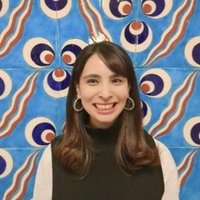
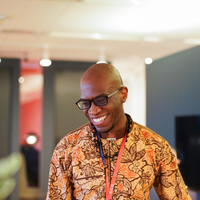
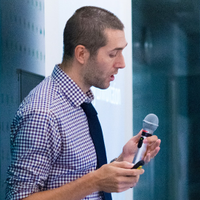
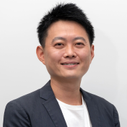
/assets/images/1813/original/8a25edbc-7309-44b6-b82f-a6ad4515c59b?1651126270)
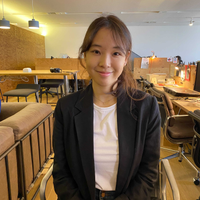
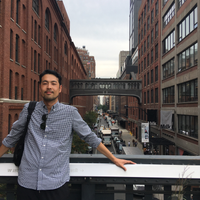
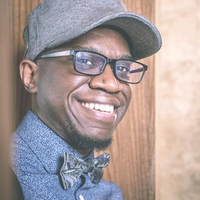
/assets/images/1813/original/8a25edbc-7309-44b6-b82f-a6ad4515c59b?1651126270)